Now is a great time to catch the soaring song and undulating behaviour of the skylark. The fields around Thornbury are peppered with male skylarks guarding their nesting sites and territory. If you are on a footpath which takes you through arable fields on the outskirts of the town, chances are you will be interrupted by the explosion of a high pitched musical ditty as a skylark ascends above the field. See that smallish brown bird hovering or yo yo-ing and singing at the top of its voice? That’s the one.
It’s astonishing just how long the melody can go on for, without pause. A proper marvel. But a word of caution. These are birds that spend as much time on the ground as in the air. We have a duty to be careful as we walk amidst their habitat. You see, despite being so glorious in the air, they nest on the ground in our fields. Don’t try to get close by walking off the paths and keep your furry friend on a lead. Skylarks are a Red Listed UK Bird of Conservation Concern (the highest level). You can help protect them from disturbance and even trampling eggs by keeping to footpaths (you and Rover). These vulnerable birds lay tiny, extremely well camouflaged eggs – about the width of a 5p piece. No match for those feet!

Enjoy the spectacle, be astounded by the song and then move along, leaving these precious songsters without distress or danger.
Image from Openverse
George Meredith’s 1887 poem The Lark Ascending. (Extract)
He rises and begins to round,
He drops the silver chain of sound
Of many links without a break,
In chirrup, whistle, slur and shake,
All intervolv’d and spreading wide,
Like water-dimples down a tide
Where ripple ripple overcurls
And eddy into eddy whirls;
A press of hurried notes that run
So fleet they scarce are more than one,
Yet changingly the trills repeat
And linger ringing while they fleet

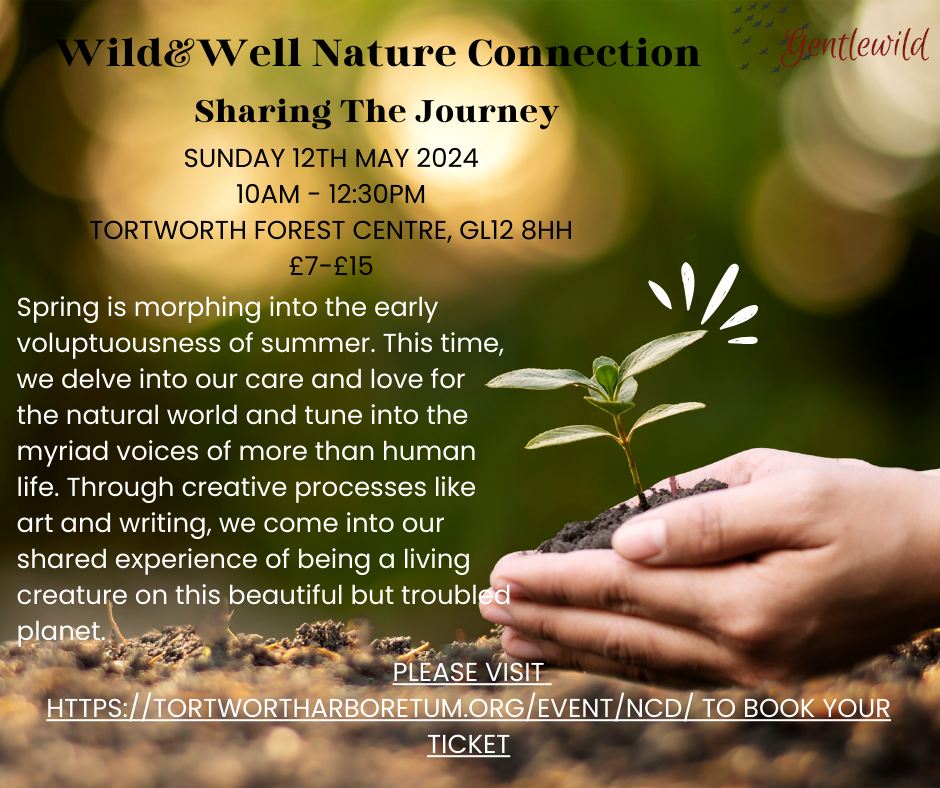
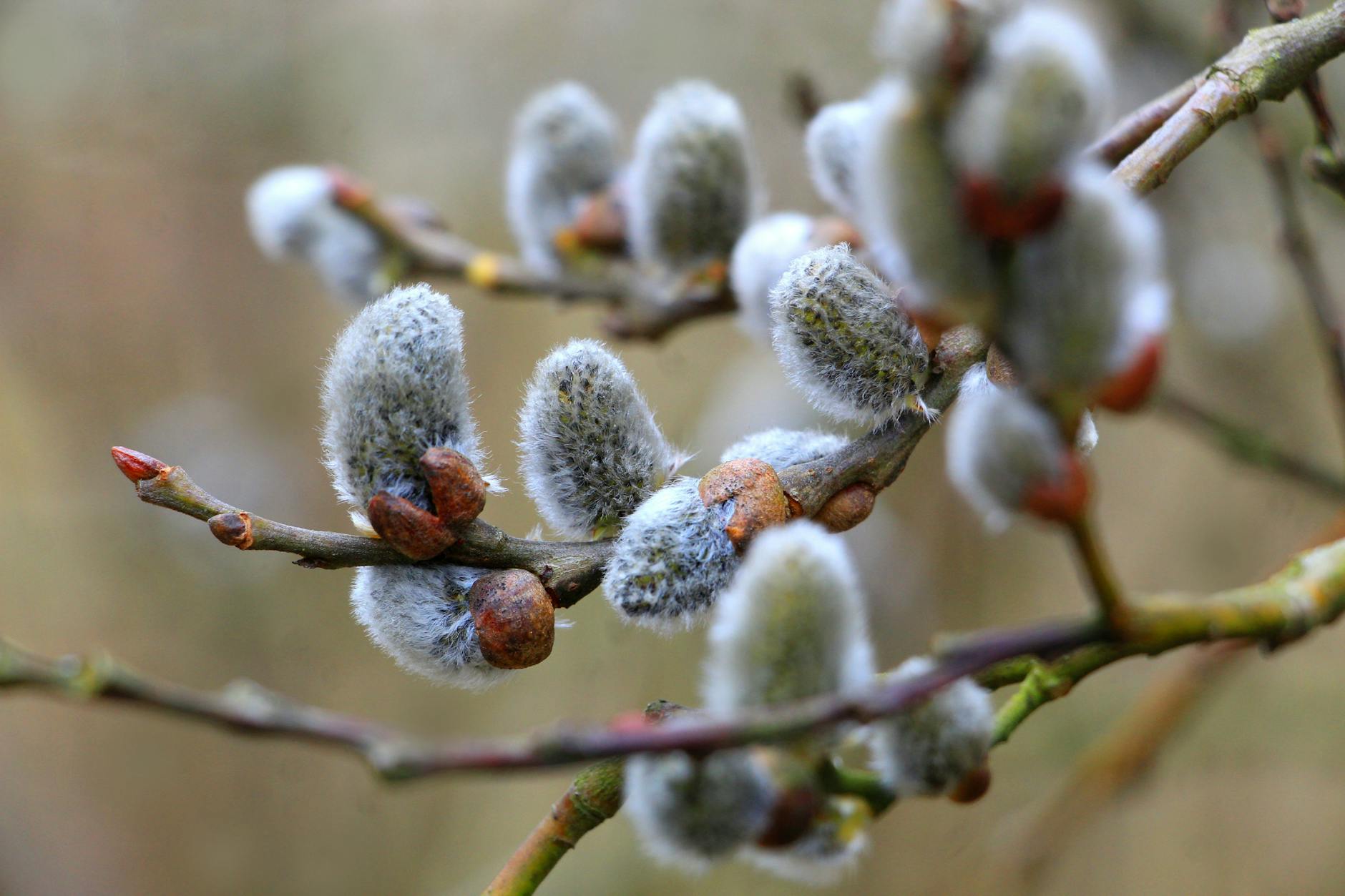


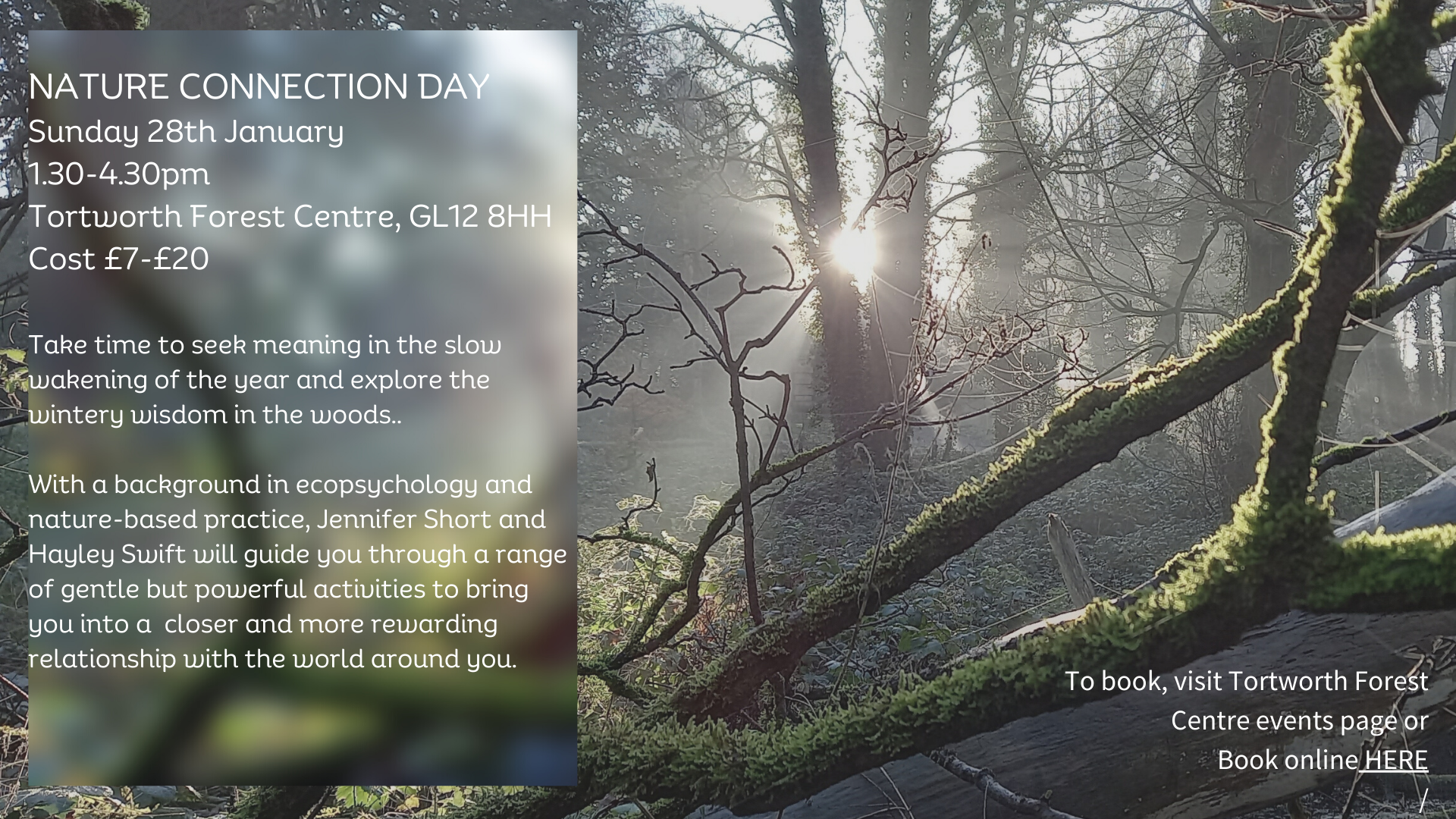
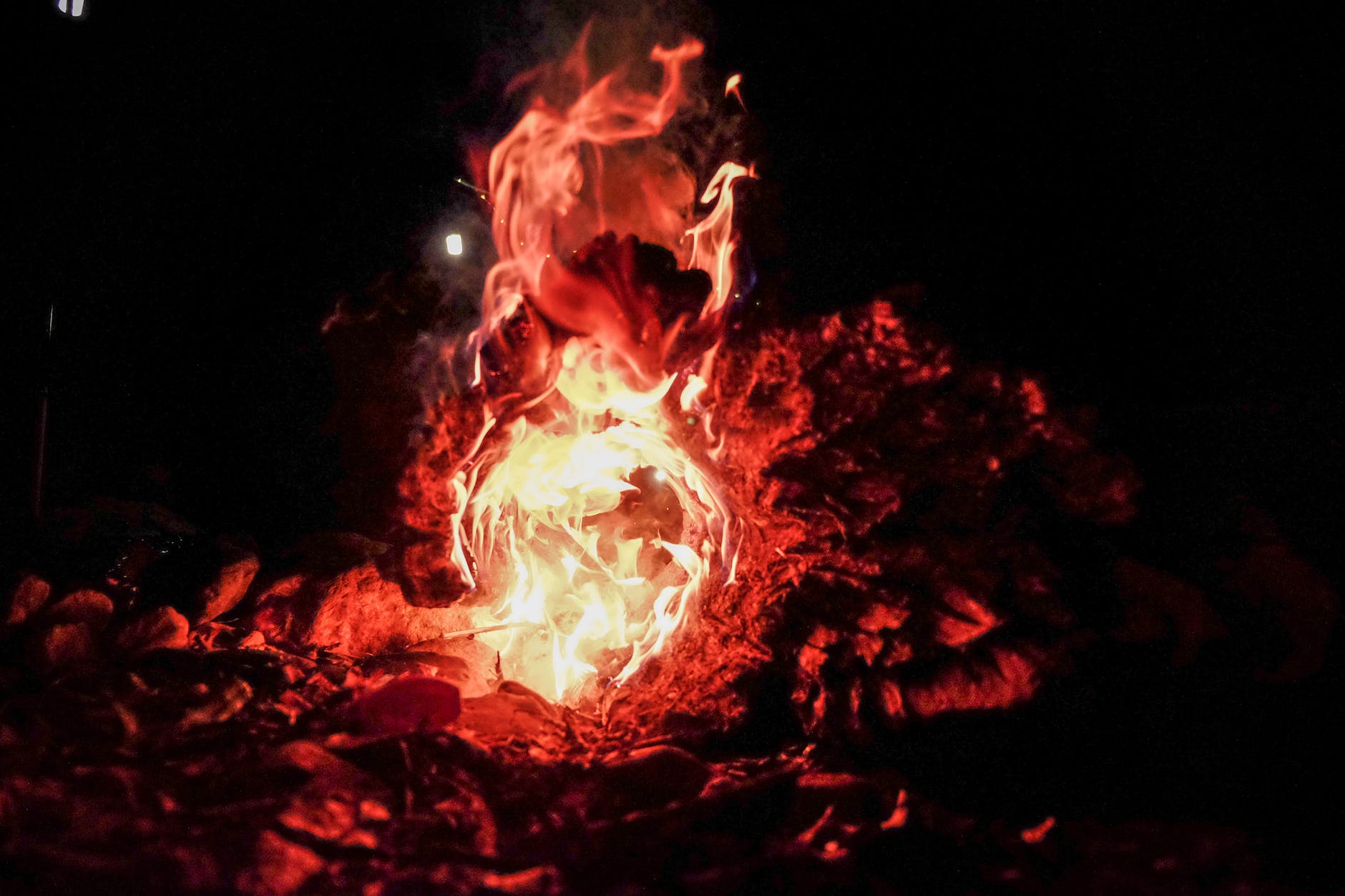
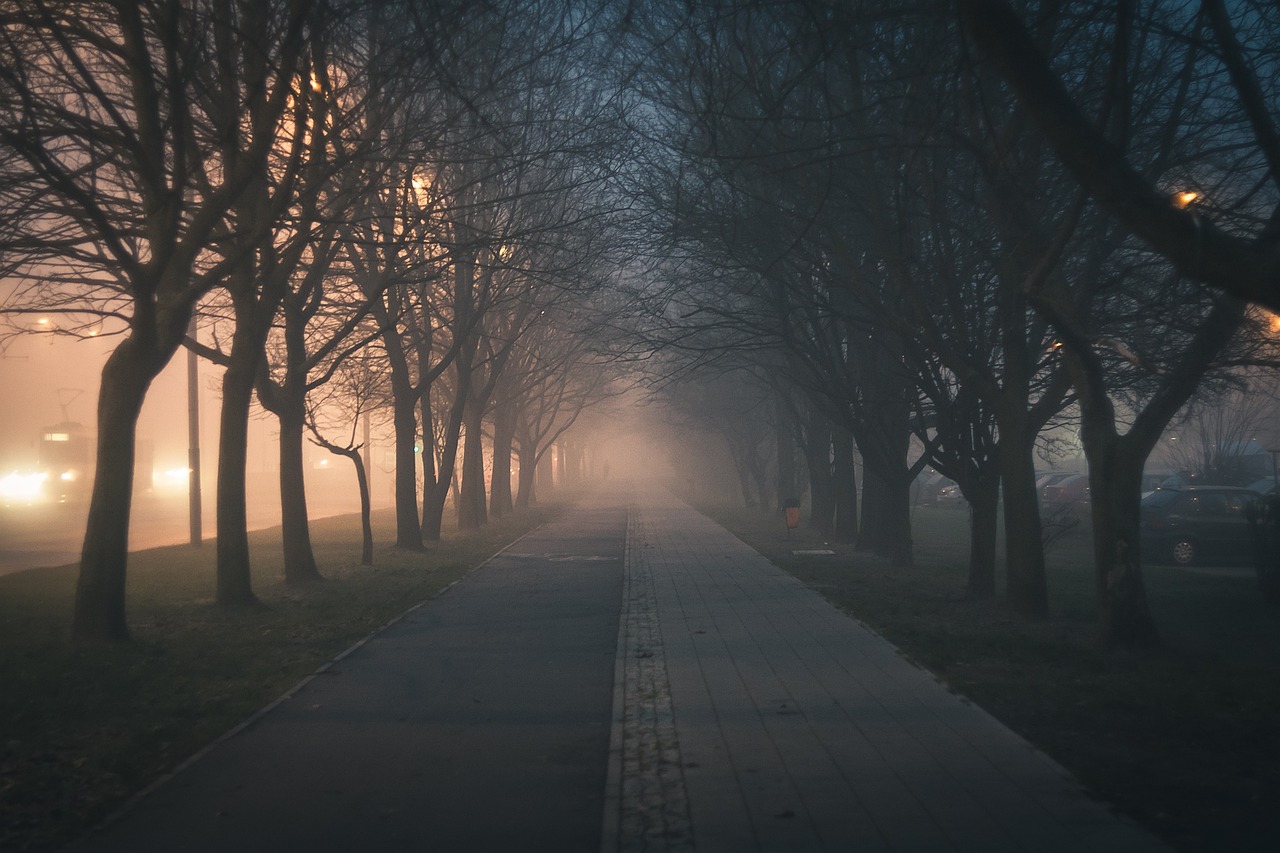

Leave a Reply